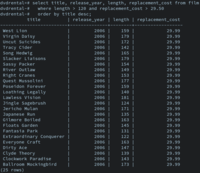
Photo from wikipedia
The Internet of Things (IoT) suffers from various security vulnerabilities. The use of blockchain technology can help resolve these vulnerabilities, but some practical problems in terms of scalability continue to… Click to show full abstract
The Internet of Things (IoT) suffers from various security vulnerabilities. The use of blockchain technology can help resolve these vulnerabilities, but some practical problems in terms of scalability continue to hinder the adaption of blockchain for application in the IoT. The directed acyclic graph (DAG)-based Tangle model proposed by the IOTA Foundation aims to avoid transaction fees by employing a different protocol from that used in the blockchain. This model uses the Markov chain Monte Carlo (MCMC) algorithm to update a distributed ledger. However, concerns about centralization by the coordinator nodes remain. Additionally, the economic incentive to choose the algorithm is insufficient. The present study proposes a light and efficient distributed ledger update algorithm that regards only the subtangle of each step by considering the Bayesian inference. Experimental results have confirmed that the performance of the proposed methodology is similar to that of the existing methodology, and the proposed methodology enables a faster computation time. It also provides the same resistance to possible attacks, and for the same reasons, as does the MCMC algorithm.
Journal Title: Sustainability
Year Published: 2020
Link to full text (if available)
Share on Social Media: Sign Up to like & get
recommendations!